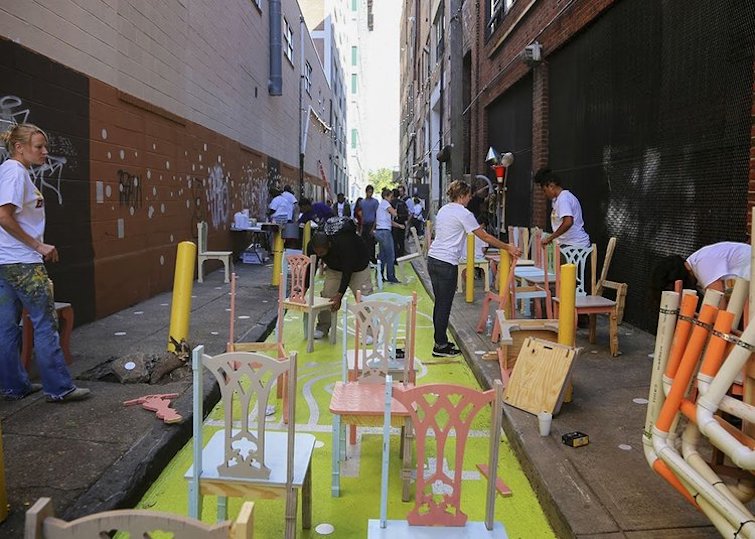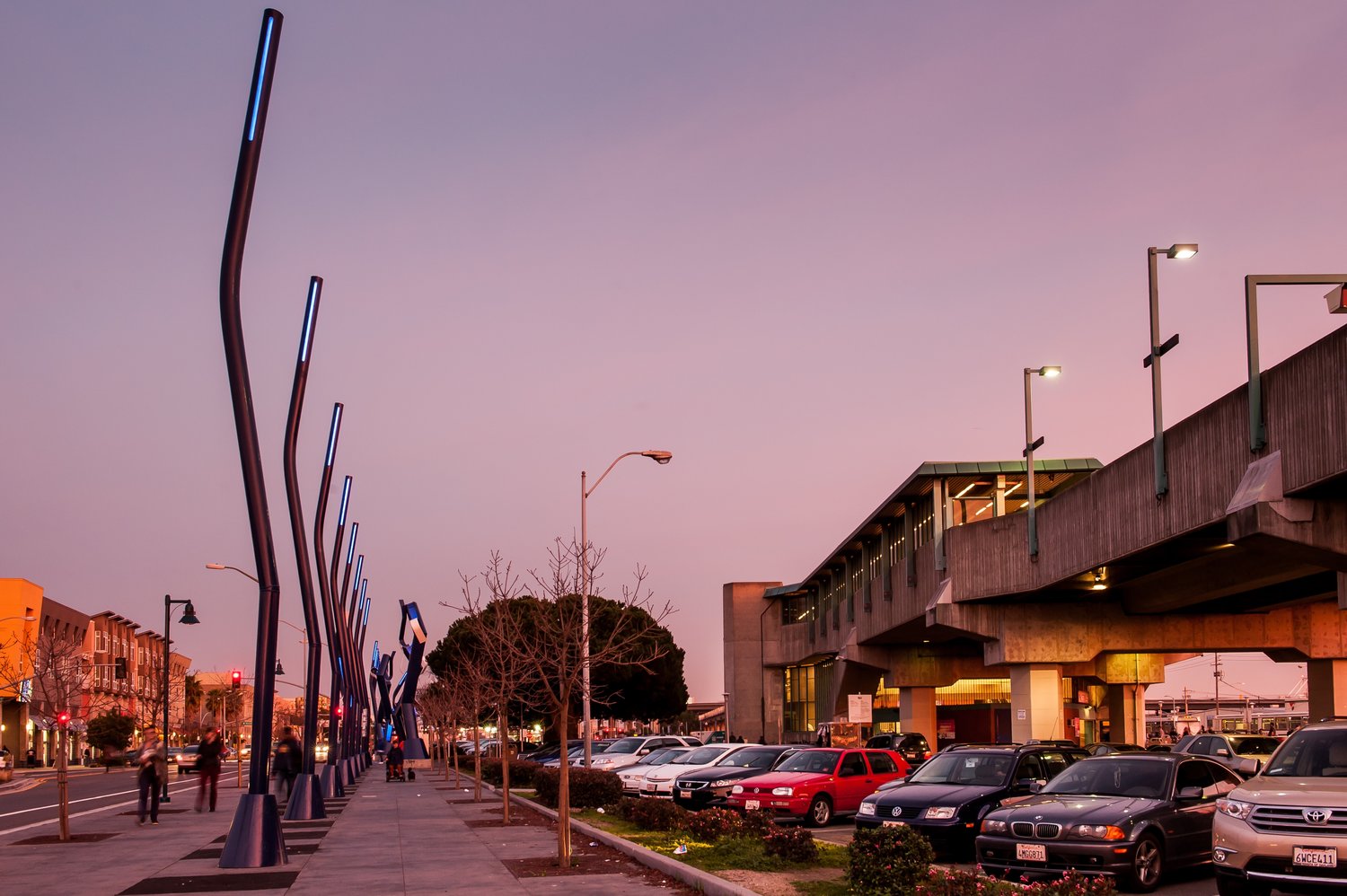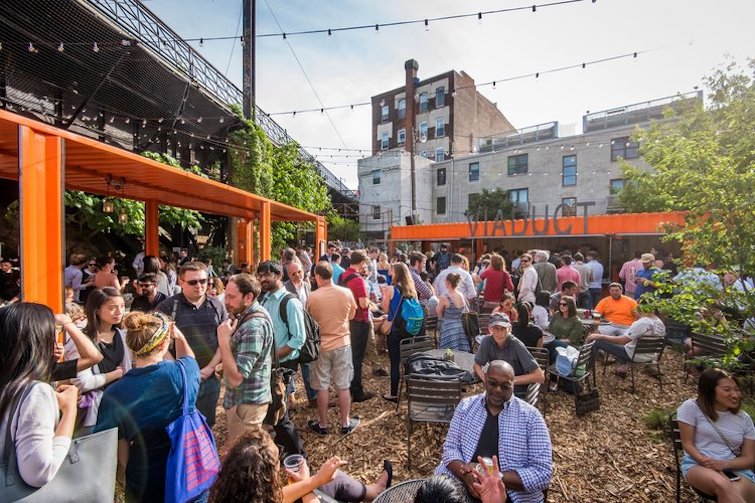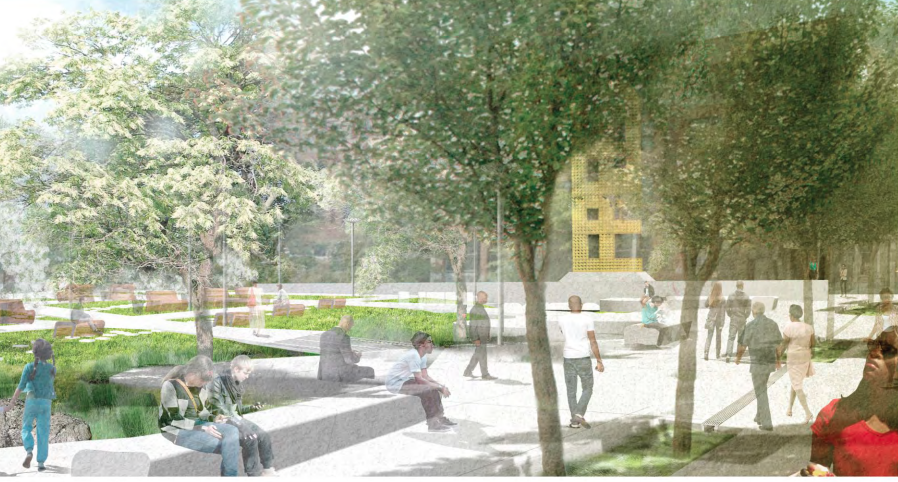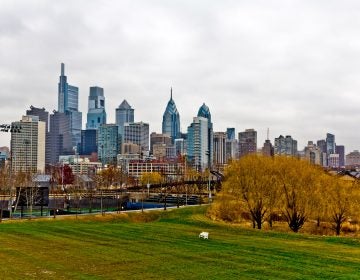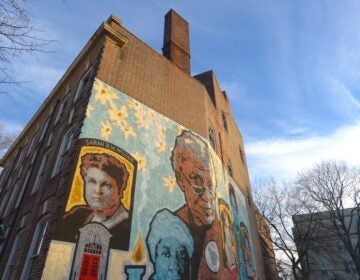Inspired by Philly’s neighborhoods, landscape architect Walter Hood is changing how cities design public spaces
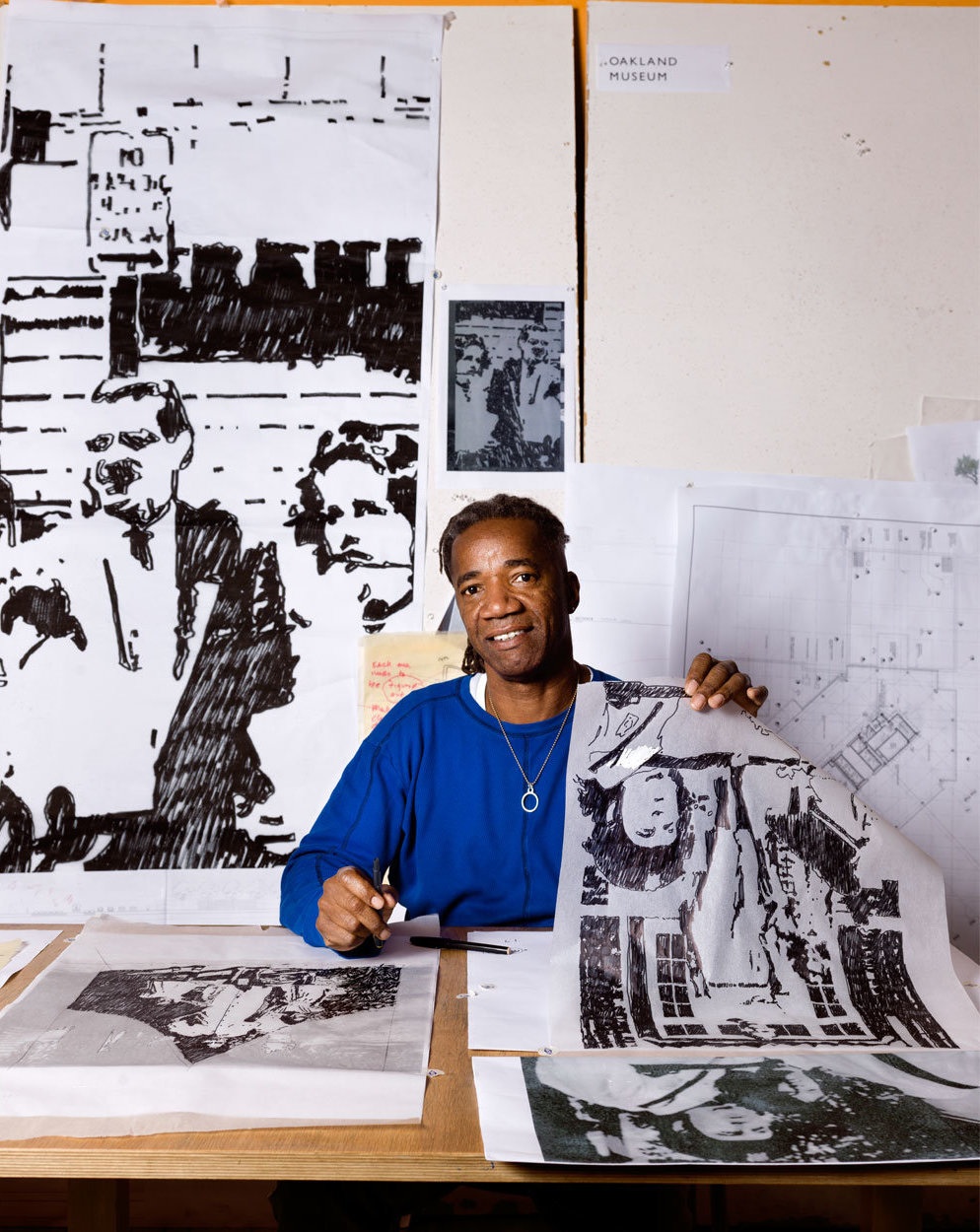
For a non-archaeologist, Walter Hood has a prodigious habit of exhuming history. He shakes the dust off old blueprints. He revives images and recollections embedded in the collective memory of places that have long sat dormant. He may be an architect by trade, but every project begins with him channeling his inner necromancer, establishing a sort of historical record of a place informed by charcoal sketches and photographs as much as porch-spun lore. “The research could involve everything from talking to people to purely archival. It could even be mythological,” says Hood, a professor of landscape architecture at University of California-Berkeley College of Environmental Design and principal of Oakland-based Hood Studio. “Every project, we try to find different ways to have conversations, because people are different in every place,” he says.
It doesn’t matter if Hood is working in Jackson, Wyoming, Inglewood, California or Philadelphia, where he got his start and has done several projects. He produces a kind of mental mosaic — conjured from conversations, collective nostalgia, and historical documents — of what a public site has been, in its entirety, before sketching out what it might become. It’s only recently that mainstream circles have been catching on to Hood’s drift, along with approaches from like-minded artists and architects, including MacArthur ‘genius’ Rick Lowe, with whom he designed an installation for an alley in Philly’s Chinatown, among other collaborations.
Across the country, there’s been an explosion of dialogue in urban planning circles surrounding the ethics and efficacy of project-based community-engaged design. Elected officials, including the mayor of Philadelphia, have endorsed the idea that the people who use public spaces should be the ones who guide their design and development. A prime example is the 11th Street Bridge Park project in Washington D.C.’s Anacostia neighborhood, which is being hyped as the new gold standard for allowing community participation as central to the design process.
In other words, there’s a lot of money and attention being thrown at “community engagement” in cities these days. While that’s always been part of Hood’s playbook, he rarely uses the same language being proffered in grant applications today. “Participation has really become part of a larger bureaucracy in this country. It’s actually mandated on most public projects,” Hood says. “For me, it’s not an obligation; it’s actually the reason why you’re actually doing something.”
Before presenting some of the philosophical underpinnings of his award-winning architecture, invited by Temple’s Tyler School of Art on Thursday night, Hood, 59, spoke to PlanPhilly by phone about his career and evolving perspective on public space in Philadelphia and beyond. Hood’s wide-ranging portfolio includes the designs behind the M.H. de Young Museum in San Francisco, the forthcoming International African-American Museum in Charleston, South Carolina, and notable fairgrounds, parks, and gardens throughout the United States. The lecture, titled “Communicating Values Through Mnemonic Devices,” proved to be as expansive as Hood’s landscaping work.
The act of exposing history, for Hood, is not simply a means to an end within the design process; it’s an end in itself. His public art and landscapes attempt to include living, semi-permanent reminders of the history and memories that have been lost to time, which once defined these spaces. “We need more images to remind us of our obligation,” Hood said by phone.
These mnemonic interventions take many forms. In Arlington’s Nauck Town Square, Hood designed the transformation of 1.1. acres of lush greenery that will place an elaborate statue at the center that spells out the word “FREED,” vertically. The statue was fastened together with replica “slave badges” — artifacts from Reconstruction that had to be worn by freed blacks in the South. In downtown Los Angeles, he transplanted a grove of olive trees that have lived longer on this earth than any living human, outlasting the atrocities of Jim Crow and multiple wars. One of his physical interventions in West Oakland was the construction of oversized “dancing light” sculptures that look like crooked music cleffs. “We said, ‘what if we took the scale of a freeway and put it in the neighborhood? Now, when you arrive in West Oakland, you see giant dancing lights, you see bus stops that are at the scale of a freeway. You have to ask yourself, what’s going on here?”, Hood explained to the audience. The intention, Hood suggested, was to force passersby to acknowledge and engage with the burdens and the beauty of a historically black neighborhood neighborhood — one that’s now quickly gentrifying — that they otherwise might ignore.
“In places where there are less resources, where the public realm is less inviting, we tend to lower the standards [of design and architecture]. We raise the standard when we’re in front of City Hall,” Hood said by phone. “It’s the other places that need that inspiration, that need that creativity, to not solve the problems but to validate and inspire people. I think we should have our best artists working in those places, our best designers, but instead they’re working in our fine arts museums at that higher end. When you flip the script, there’s more stuff at that community level, more stuff to inspire you — if you let it.”
Hood has been based on the West Coast for decades, although he began his career in Philadelphia in the 1980s. He told the Tyler audience that his time here was integral to honing his craft, although all the work that he produced was “crap.” He also acquired an appreciation for the city’s eclectic neighborhood traditions, although at times those same entrenched traditions, he believes, can also be a double-edged sword. “We’ll have our Chinatowns, our Germantowns, our South Phillys — and we’ll allow those little idiosyncratic things to bleed out. But we won’t let them mix and change the basic norm. In my career, that’s the thing that I’m trying to constantly push up against because I want to live in an environment that’s reflective of all of us. Tradition belongs to everyone.”
As neighborhoods change, so do the public spaces, which in Philadelphia, as in Oakland, are rapidly changing. Hood invited planners, architects, and elected officials to think about changes that will create lasting change to our urban fabric and keep their histories alive permanently. “I think the popup spaces that are happening here in Philadelphia are really great mnemonic devices,” Hood told the Tyler audience. “My big critique is what will happen in five years? You’ll have a memory of a beer garden here, but it doesn’t really matter when there’s a high-rise that goes up that’s not publicly owned.
WHYY is your source for fact-based, in-depth journalism and information. As a nonprofit organization, we rely on financial support from readers like you. Please give today.



